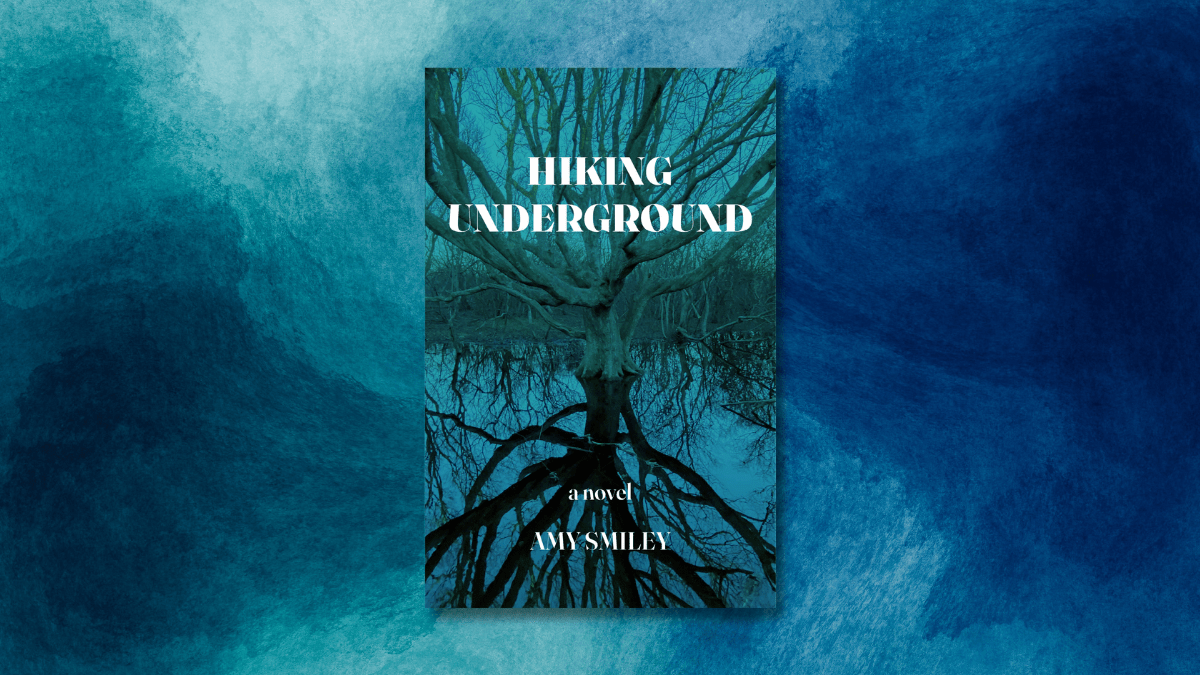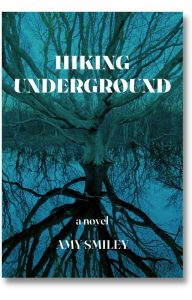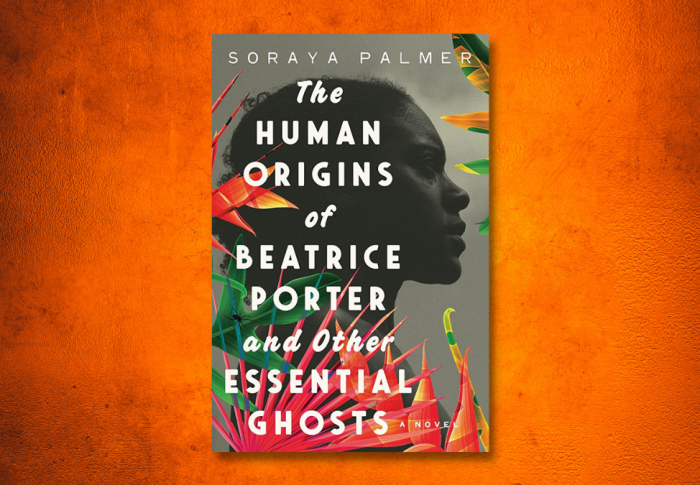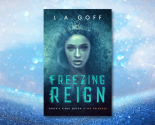
The Power of Nature’s Embrace: Unveiling the Beauty of “Hiking Underground”

Hiking Underground
by Amy Smiley
Genre: Literary Fiction / Nature
ISBN: 978-1639885923
Print Length: 214 pages
Publisher: Atmosphere Press
A quiet and cerebral meditation on art and landscape, Hiking Underground explores the subtle ways in which the natural world can offer new perspectives and give our lives new meaning.
In the short novel “Hiking Underground” by Amy Smiley, readers are transported to a nontraditional New York City, primarily experienced through the lens of its natural wonders. From strolls in Central Park to deep contemplations on gardening, the story follows three protagonists who grow and learn by connecting with nature, ultimately gaining a deeper understanding of art, the world, and each other.
At the center of the narrative is Alice, a college student grappling with the aftermath of a difficult breakup. When her professor, Emma, a still-life pencil artist, asks Alice to care for her son, Adam, the three women embark on an unexpected journey of self-discovery. While Alice reconciles with her estranged father in New Jersey, Emma immerses herself in sketching vegetables in Manhattan but finds herself at a crossroads with her art. Nature becomes a source of solace for all three characters, as Emma explores the mountains of Maine during a family vacation and delves into the flora and fauna of Central Park and beyond.
As Alice finds solace in sharing fairy tales and fables with Adam, who is coming of age and filled with curiosity about the world, the trio’s alternating perspectives in “Hiking Underground” delve into their inner landscapes. Through their encounters with the natural world, their troubles evolve and dissipate, leading them to seek answers and find a sense of peace.
While a quieter novel runs the risk of becoming tedious, Smiley’s prose takes charge, guiding readers with rhythmic sentences and nuanced descriptions of landscapes. The well-rendered scenery, depicted through the perspectives of a mother, an adult daughter, and a young son, showcases how experience shapes perception, revealing that the novel is, in fact, three different worlds. As the characters grow closer and understand each other more deeply, their separate worlds begin to intersect. Readers are invited to marvel at the smallest earthworm and the vast ocean seen from the Maine coast.
“Hiking Underground” prioritizes emotion over action, rumination over thrills, and illumination over answers. By the end of the novel, readers will find themselves contemplating the meaning behind it all, with Smiley purposefully leaving the question suspended between the reader and the page.
As young Adam learns about longing and patience, Emma discovers the bridge between her yearning and her art, and Alice moves forward from her failed relationship, readers are left pondering the relationship between the city and the countryside. Smiley challenges the notion of a binary opposition, highlighting that both exist simultaneously within and outside of us.
In a time overshadowed by climate change and environmental concerns, where much of eco-fiction paints a bleak picture of worst-case scenarios, “Hiking Underground” stands out as a celebration of the earth. While acknowledging the damage humans have caused, Smiley shifts the narrative to remind us why we cherish our world and why we must preserve it. The novel encourages readers to revel in the beauty that surrounds us and to appreciate the natural wonders that often go unnoticed.






